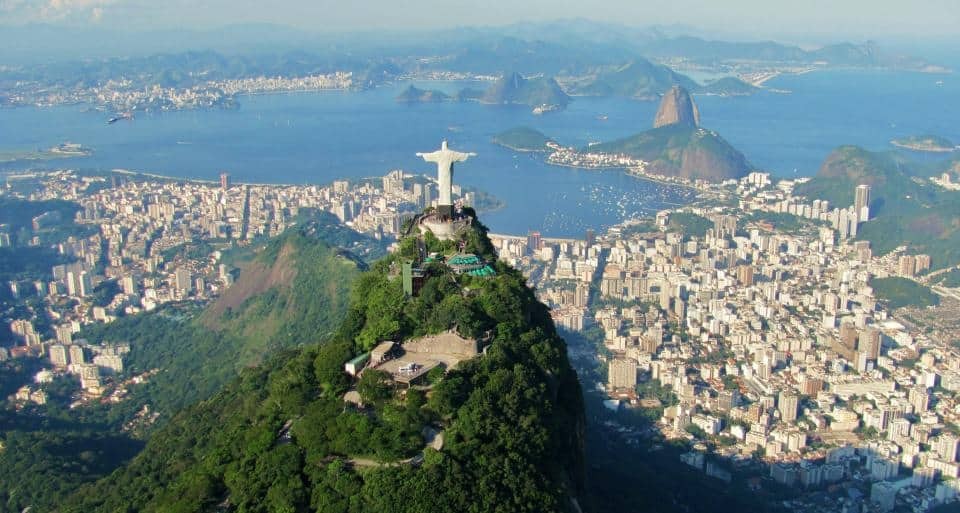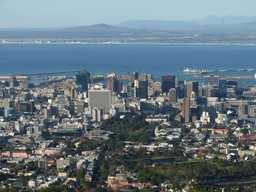Host of the 2014 FIFA World Cup and 2016 Summer Olympic Games, Brazil has been in the international spotlight over the last couple of years. The world’s attention has now shifted from sporting events to sustainable green economy practices, as the Brazilian government embarks on a quest to green their economy through boosting renewable energy, implementing green jobs, and maintaining biodiversity in alignment with the 2030 Agenda for Sustainable Development. With support from the Partnership for Action on Green Economy (PAGE), Brazil will prove to be a model country for other South American countries by embracing an economic model that is more sustainable, green, and socially inclusive.

During the second session of the United Nations Environment Assembly (UNEA-2), which took place May 23-27, 2016 in Nairobi, Kenya, PAGE celebrated the joining of Brazilian state, Mato Grosso. This inland state, whose name means “great woods,” is made up of an enormous plain, home to Pantanal swamp and small mountain ranges, and is acclaimed as one of the great frontier regions in the world with intriguing biodiversity. Due to its vast wildlife and rich natural resources, preserving this area is of utmost importance to the government, which will work with PAGE to develop a state strategy for expanding green economy whilst protecting the natural habitat.
Brazil is no stranger to the green economy transition. Over the last year, they have seen a 30 per cent increase in the use of the Leadership in Energy and Environmental Design (LEED) green building rating system, which has been boosting Brazil’s green and sustainable building design, construction, and operations, enabling businesses and politicians to attract new foreign investment and increase real estate portfolio competition. There are currently 32 million gross square meters of LEED space in Brazil from 1,114 participating projects.
Additionally, Enerray and Enel Green Power have planned to invest €1.4 billion over the next three years to build more than 1.6GW of capacity between wind and photovoltaic systems. Enel currently has 807 MW of solar projects in execution in Brazil, of which 704 MW is under construction. Chinese electric vehicle manufacturer, BYD, has also recently agreed to place a $45 million solar manufacturing facility in Campinas, Brazil, creating 300 new jobs. BYD stated that they chose Brazil due to its growing solar capacity, which is expected to reach 2,734 MW in 2019 and 134 plants. These two investments highlight Brazil’s potential in the solar and other forms of renewable energy, which it can strive to develop, with the help of PAGE, over the coming years.
The Olympics also displayed Brazil’s transition to a green economy. As approximately 75 per cent of Brazilian electricity comes from renewable sources, new electrical distribution lines were installed to use as much grid energy as possible and reduce the use of temporary generators. Furthermore, when the generators were used, they were fueled by a mixture of fuel, including 20 per cent biodiesel. Additionally, the Rio 2016 aquatic center contained 15,000 tiny holes that allowed air to flow naturally, sparing the use of the equivalent of 10,000 household air conditioning units.
Given the private and public sectors’ green-focused investments in renewable energy and green building, the country has set in place the necessary foundations for their transition to a green economy and drive for sustainable development. Brazil, with PAGE support, will continue its leadership in South America in green technology and inclusive and sustainable development.



